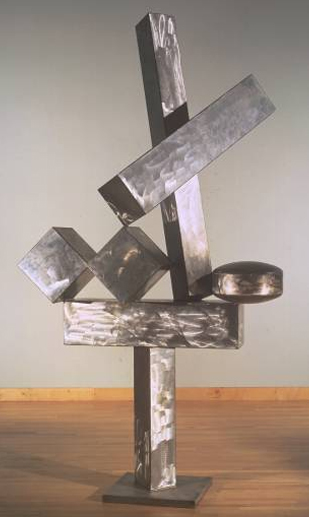ONE WAY of writing about the history of modern art (a fairly common way) is to describe it as a series of grand liberating gestures. Picasso liberated art from the tyranny of the Western European tradition by looking to ''primitive'' sources; the Futurists liberated art from the dead weight of the past by modelling their work on the technology of the present; the Surrealists liberated art from the old bourgeois desiderata of clarity and intelligibility; and so on. But there comes a point when there is nothing left to liberate art from.
When spitting or throwing up or having yourself shot qualify as acts of creativity, freedom of a kind has evidently been attained. Freedom, however, can become a form of tyranny. Artists working in the modern period have been cut loose from so much - not merely from traditional practise and subject matter, but from the structures of state and ecclesiastical patronage that sustained most of their predecessors - that certain problems inevitably follow.
How does the modern artist go about the task of reattaching himself to his world? How does he make work which seems to be more than merely the product of his own, solitary sensibility and hand, and which appears profound and relevant in some way to his contemporaries? Two current exhibitions, albeit of very different work by very different artists, demonstrate the scale of the task.
''David Smith: Medals for Dishonour'', at the Imperial War Museum, is among other things a brave show. You cannot imagine the V&A, who postponed their considerably less controversial exhibition ''The Art of Death''on account of the Gulf War, allowing it to go ahead. Smith's Medals for Dishonour, made between 1937 and 1940 to express the artist's anti-war feelings, have become newly topical. But they are also interesting because they...


